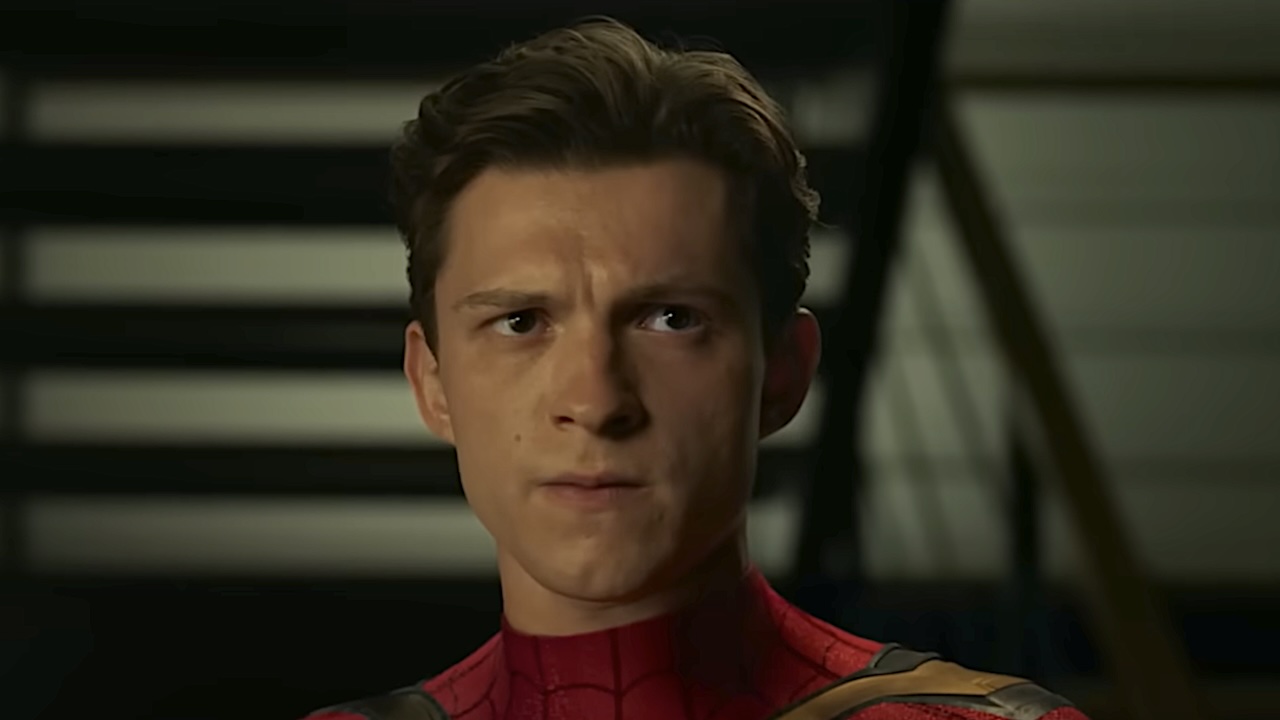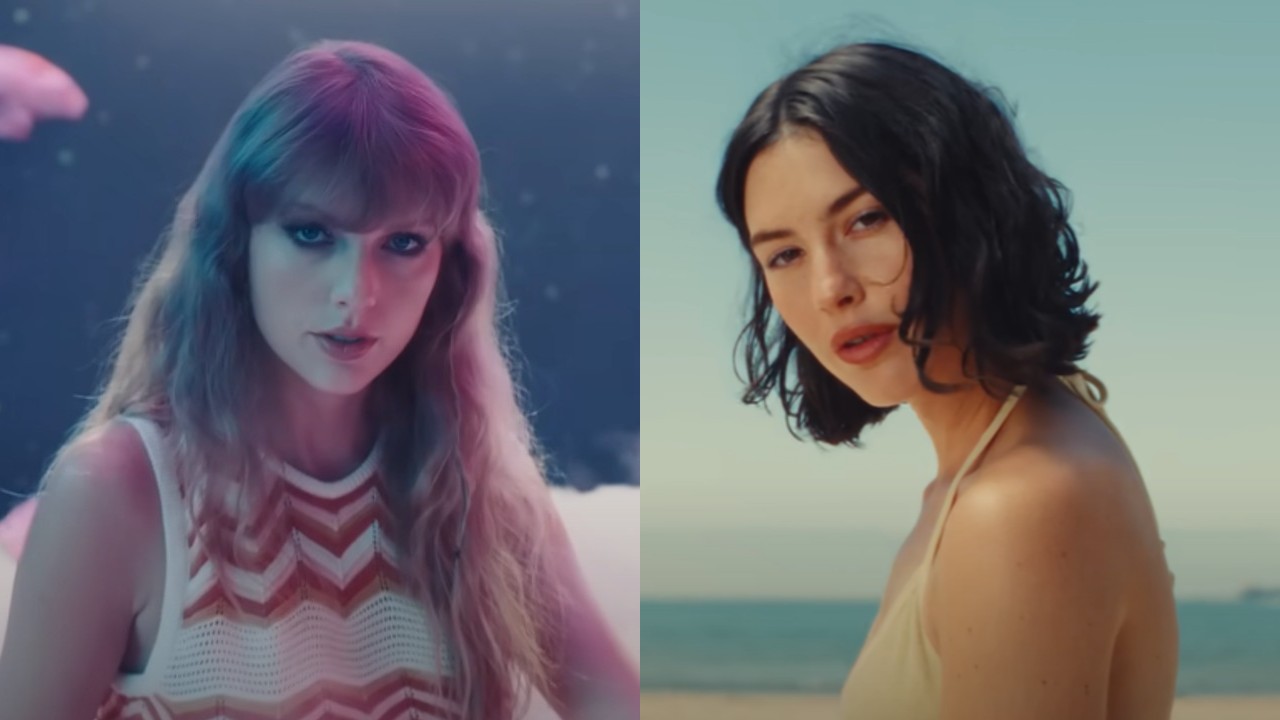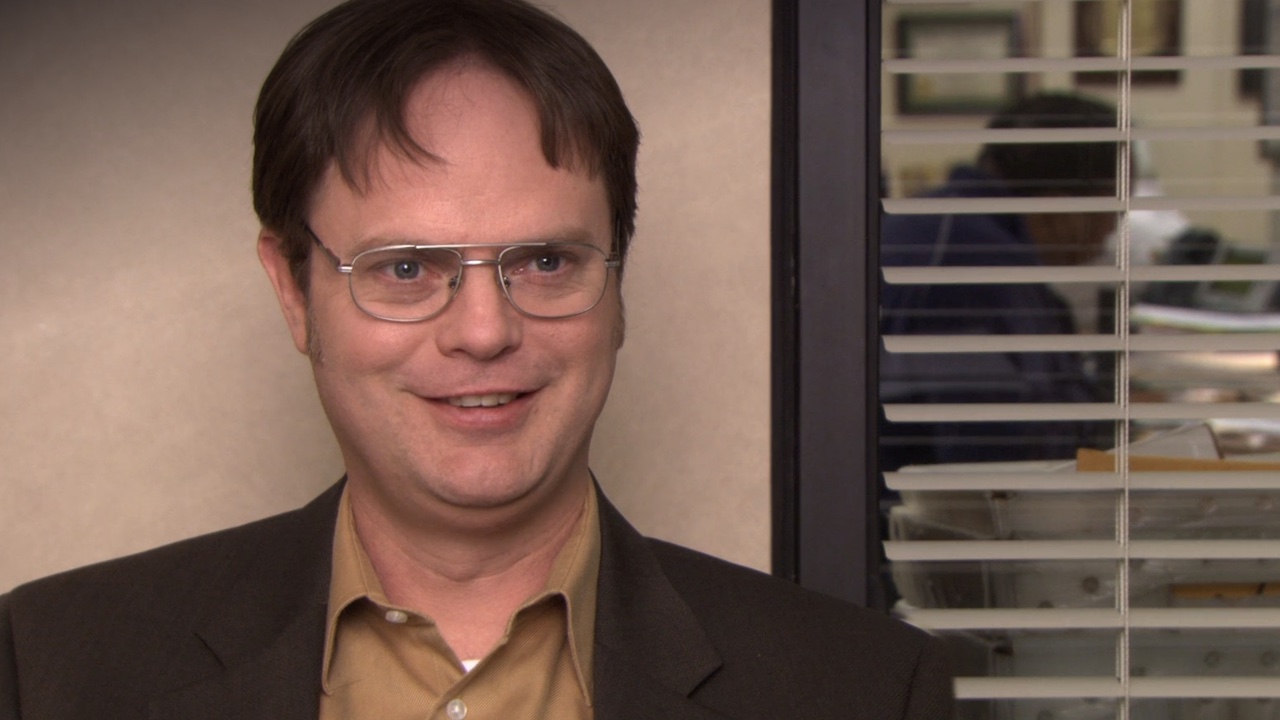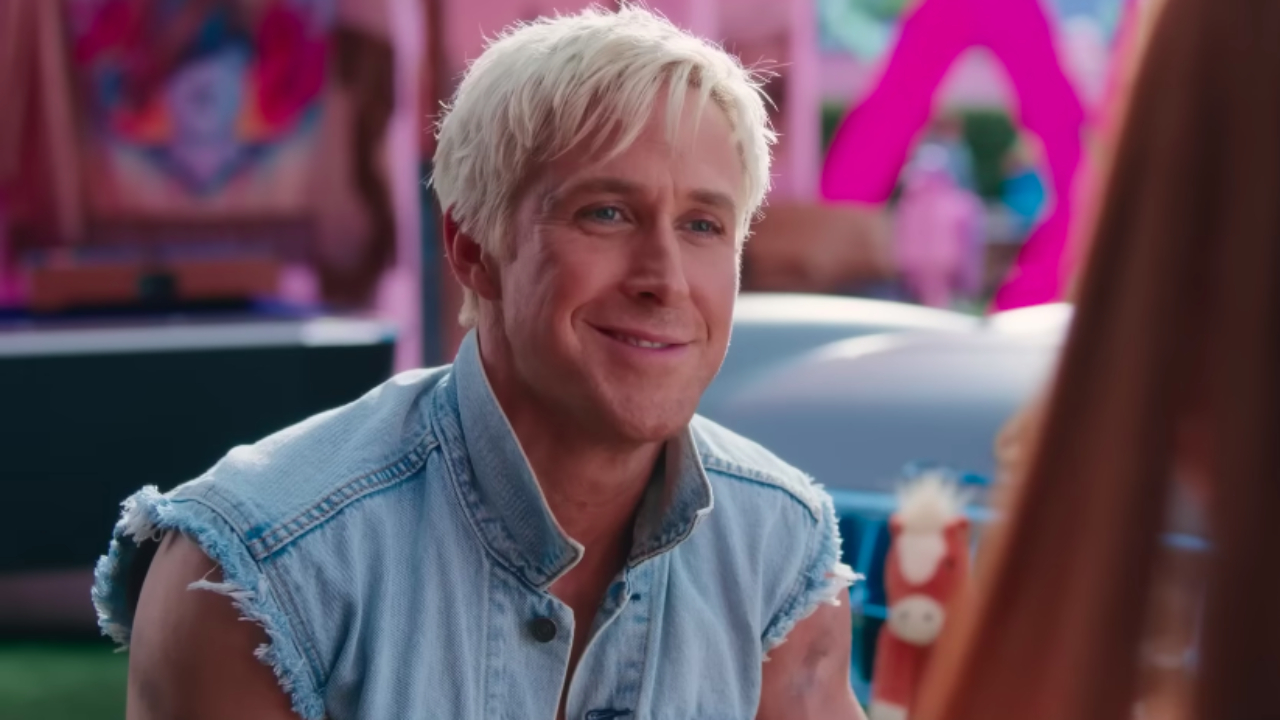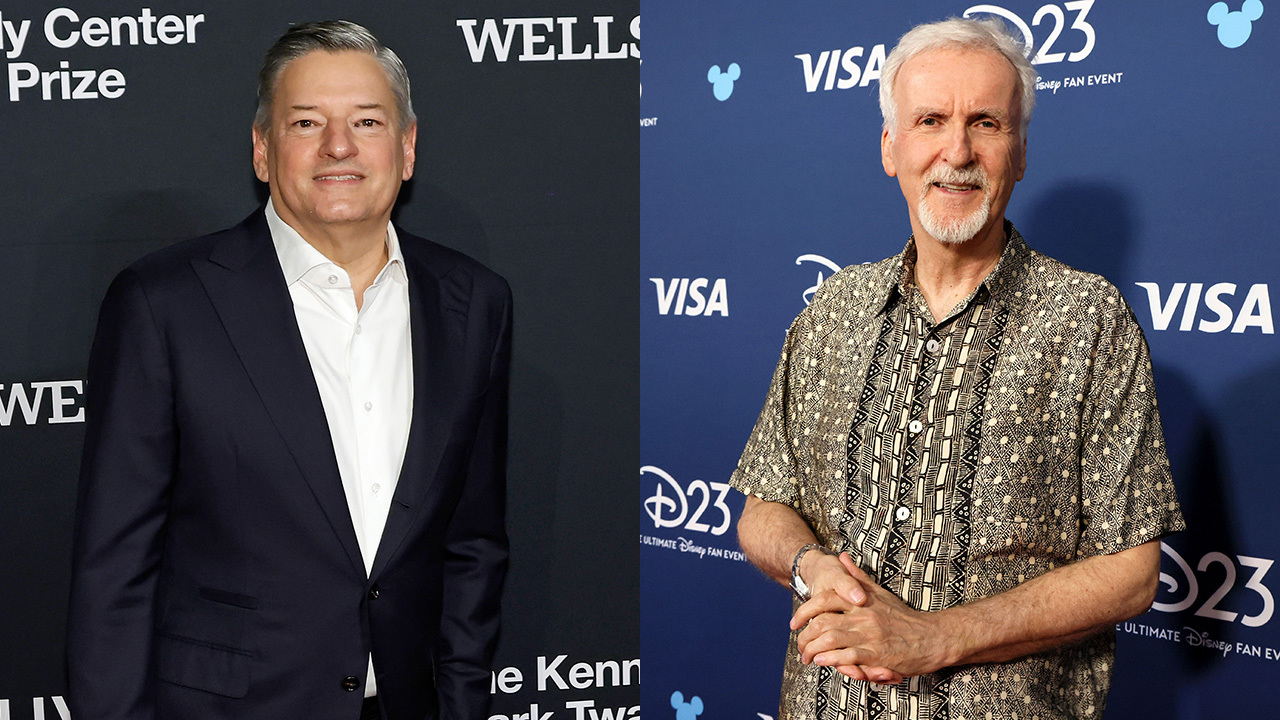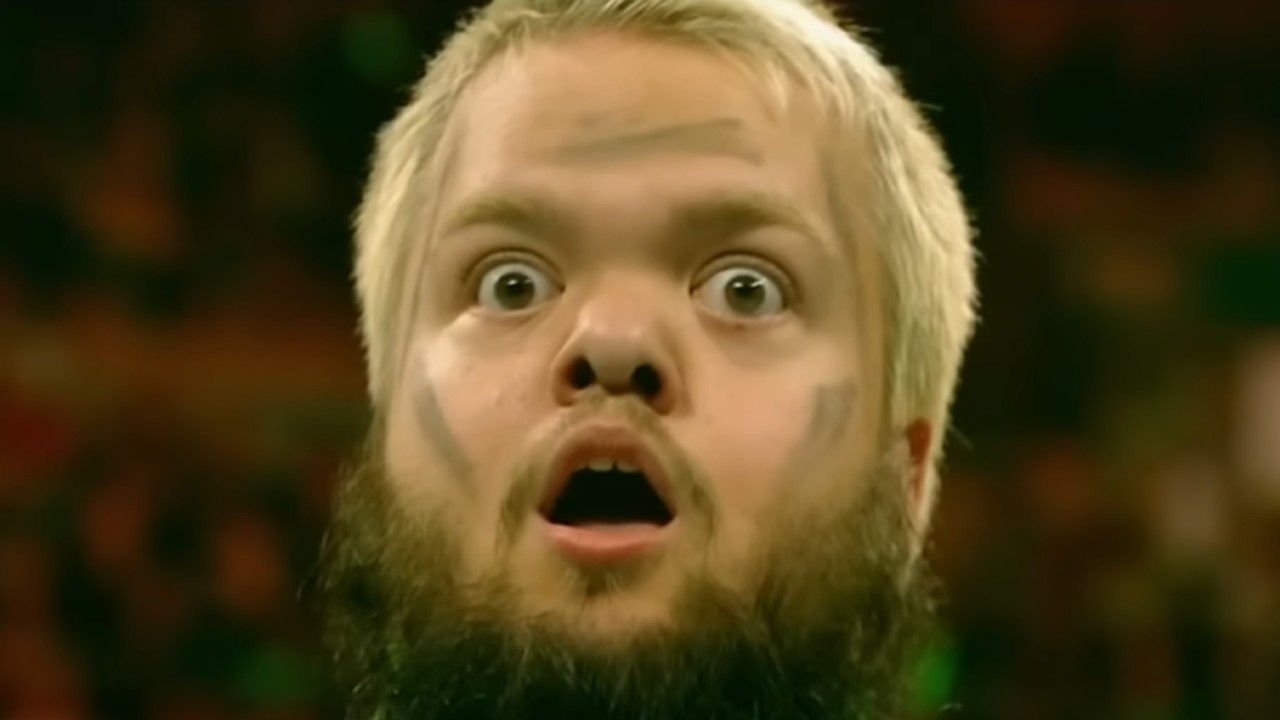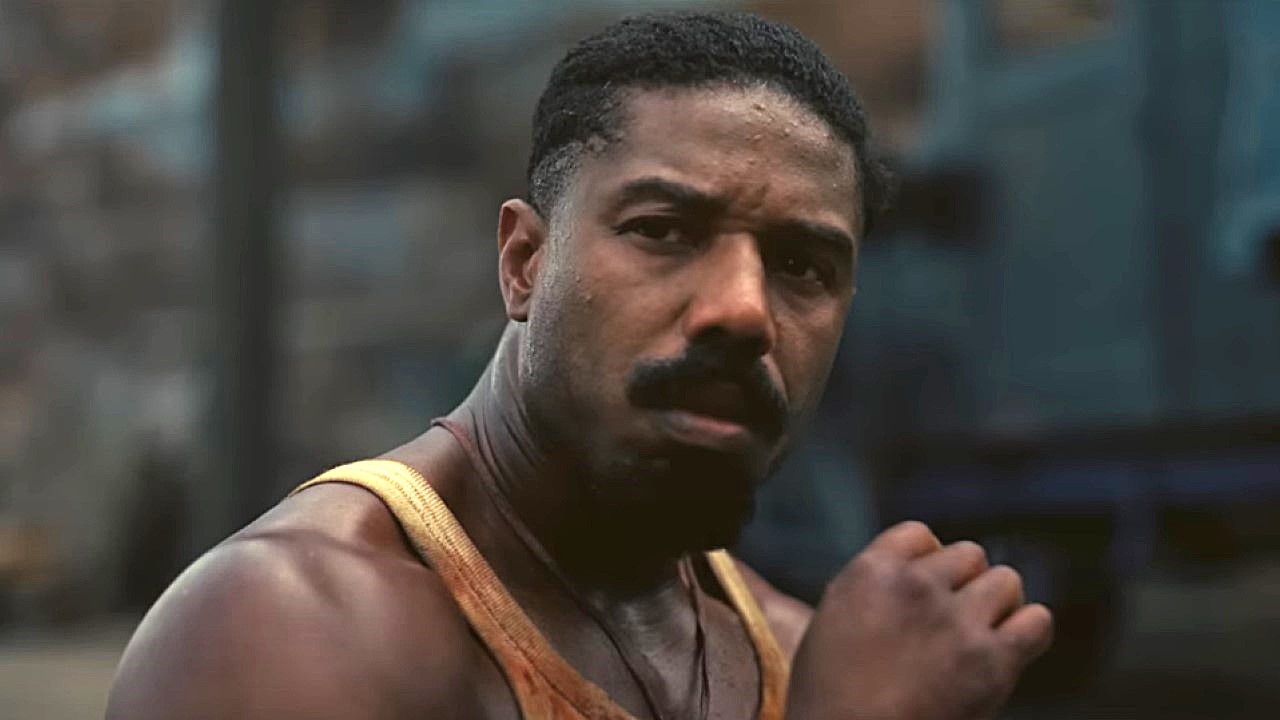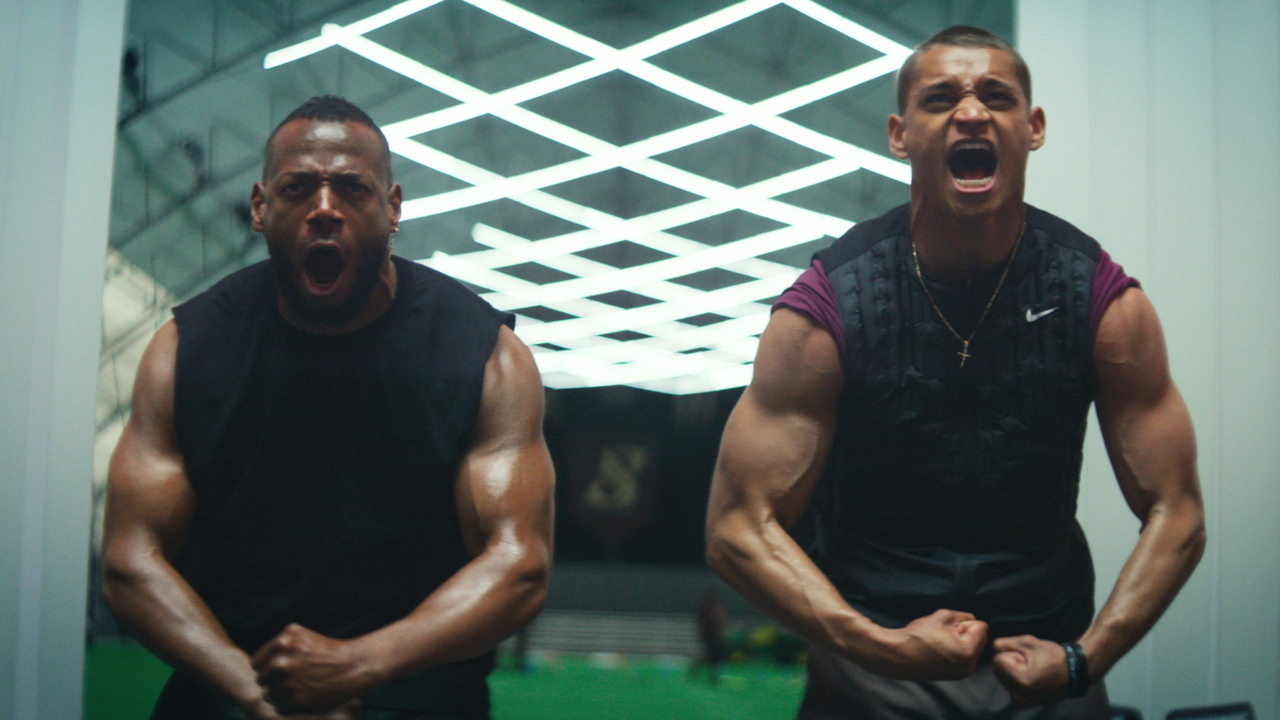Why The Academy Needs To Start Recognizing The Incredible Visual Effects In Superhero Movies
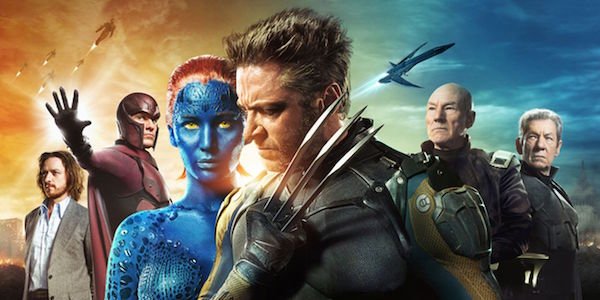
It’s official: Interstellar has taken the 2014 Academy Award for Best Visual Effects. Featuring impressive space travel and a whole lot of other eye-candy surprises (no spoilers here), it’s certainly understandable why it earned a nomination. However, there’s a genre of cinema that continually gets nominated in this category, but hardly ever wins: the superhero movie. Excluding Dawn of the Planet of the Apes (which was also excellent), the other nominees for Best Visual Effects this year were X-Men: Days of Future Past, Guardians of the Galaxy and Captain America: The Winter Solider. In other words, 60% of the category was superhero films, and all three of them were visual treats. It’s understandable why some may think that Interstellar deserved to win, but in the grand scheme of things, it’s time that the Academy put aside its apparent bias towards superhero movies and start recognizing the impressive visual magic they deliver to both hardcore comic book fans and general moviegoers.
To put this into perspective, the last superhero movie to win a Best Visual Effects Oscar was Spider-Man 2 in 2004. In the 11 years since then, the Marvel Cinematic Universe was created, the Dark Knight Trilogy reinvented Batman, a whole new decade of X-Men films unfolded, and we got another Spider-Man series (okay, ignore that last one), but most important is that these movies have continually provided improved effects that dazzle the eye and brought to life characters that many of us grew up reading. So it’s odd that while the Academy has nominated many of these films for Best Visual Effects, none have received the award, and this year was truly an exceptional snub.
Among the impressive visual effects in the superhero films in 2014 included an anthropomorphic raccoon, a talking tree, mutant powers, giant robots seeking to kill those mutants, a raid against three gigantic aircraft, time travel and much more. As cool as the space travel and other effects were in Interstellar, comparing that to what last year’s superhero movies provided, Christopher Nolan’s latest flick doesn’t quite measure up. Twenty years ago, most of these movies wouldn’t have been able to be translated onto the big screen, but thanks to advancements in movie technology, it’s now possible to watch adventures unfold that were previously only doable on the pages of a comic book or in some form of animation. The stories might not have the more Oscar-friendly storylines that movies like Interstellar, Gravity, Life of Pi or the other recent Best Visual Effects Winners, but there’s no denying that the effects in most of these superhero movies are impressive to watch, are getting better with each year, and deserve to be recognized.
Look, Academy, we get it. You don’t care for superhero movies. That much is clear from the two disses directed towards them during the first 20 minutes of the ceremony. We’re not expecting anything from the genre to earn a Best Picture nomination - but it would be nice you started giving recognition for what these movies truly excel at: great visual effects. Yes, a well-written story and character development is key to enjoying the antics of comic book characters on the big screen, but let’s not lie to ourselves, we love it even more when they’re dealing with detailed CGI threats and throwing down with superpowered bad guys. Don’t you think that’s deserving of a golden statue?
CINEMABLEND NEWSLETTER
Your Daily Blend of Entertainment News

Connoisseur of Marvel, DC, Star Wars, John Wick, MonsterVerse and Doctor Who lore, Adam is a Senior Content Producer at CinemaBlend. He started working for the site back in late 2014 writing exclusively comic book movie and TV-related articles, and along with branching out into other genres, he also made the jump to editing. Along with his writing and editing duties, as well as interviewing creative talent from time to time, he also oversees the assignment of movie-related features. He graduated from the University of Oregon with a degree in Journalism, and he’s been sourced numerous times on Wikipedia. He's aware he looks like Harry Potter and Clark Kent.
